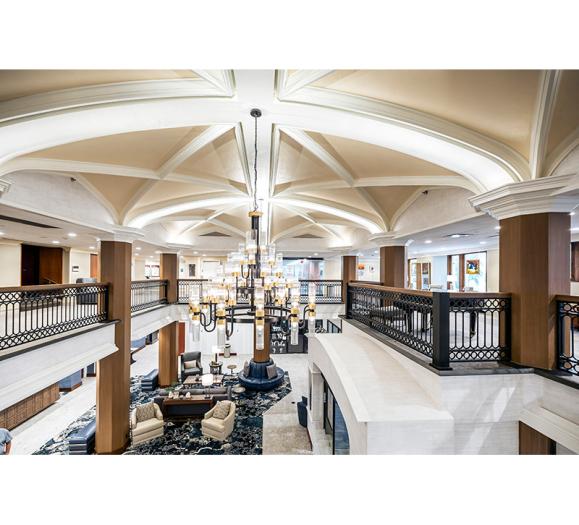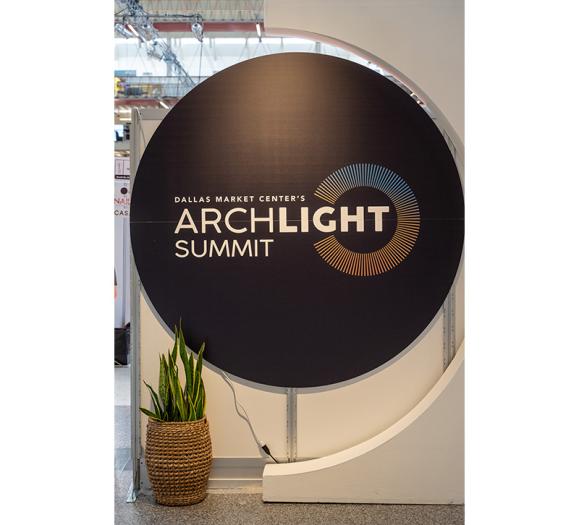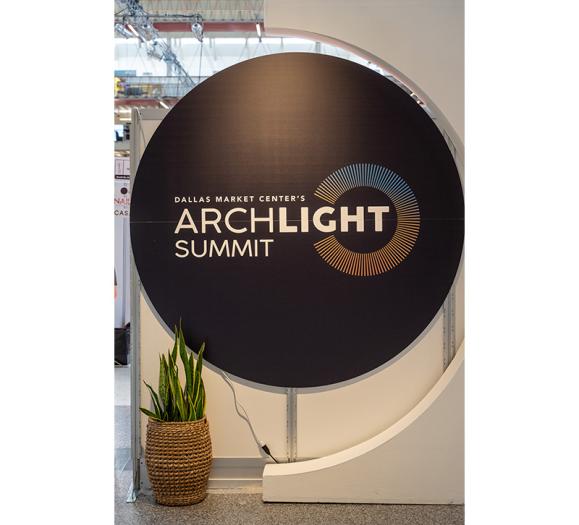What started as an opportunity in energy efficiency for manufacturing and commercial spaces in the mid ‘90s is not the same LED lighting technology we have today. The same energy efficiencies apply, however; LED bulbs last a minimum of 10 to 20 times longer than standard bulbs, 25,000 to 50,000 hours on average. That’s approximately 17 years of regular household use. And the energy required to run LED lighting is exponentially lower than that of an average incandescent bulb as well, according to experts, which has helped the technology find its way from commercial applications into hospitality and residential.
While LED technology has been at the forefront of lighting conversations for some time now, the latest enhancements and innovations have gone the extra mile in creating sustainable and effective lighting opportunities for the consumer.
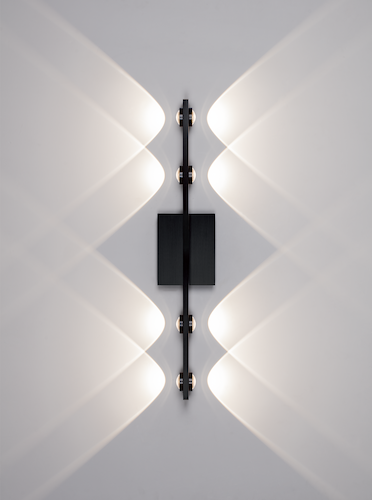
“LED technology has created a seismic shift in the lighting industry,” says Ashley Fothergill, Creative Director for the Hudson Valley Lighting Group. “The technology’s development has been a core component for probably 15 years in architectural lighting. The transition is in the day-to-day use, which has been substantial. We’ve seen double-digit growth in LED every single year.”
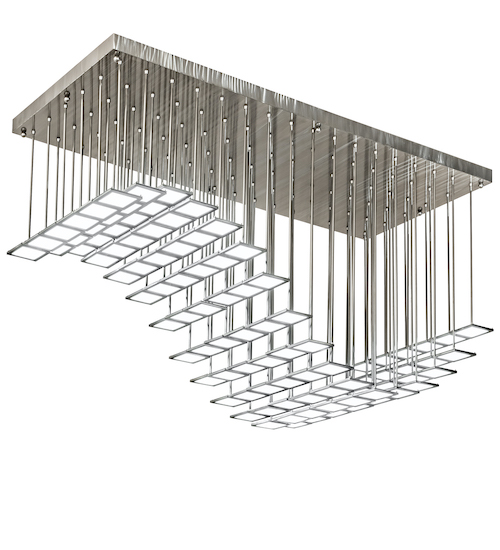
That double-digit growth in LED lighting could have a major impact on energy savings as well. “It’s good for the planet. We could see more than a trillion dollars in energy savings over the next several years as well,” he continues.
Warmth and Purpose
So what’s changed to make this technology suddenly a darling of lighting retail and consumers after more than a decade in existence? Color, for one. As LED technology advances forward, the enhancements to light color and dimmabilty have made a major difference in the category. “We all remember LEDs first making their mark by offering important energy and cost savings to consumers. Engineers then began to address the quality of light, finding ways to mimic incandescent bulbs, leading to breakthroughs in dimming and wide ranges of color temperatures,” says Shelley Wald, CEO and President of WAC Lighting. “The latest advancements you’ll see this year address people’s health and well-being. LED chip manufacturers are investing heavily in technology to deliver spectral power distribution that mimics sunlight. This new approach replaces the ordinary LED spectrum with less-blue wavelengths whose composition is the closest to light produced by the sun. Feeling tired at the wrong time of day? Human-centric lighting helps regulate circadian rhythms which influence sleep cycles, productivity, mood and alertness.”
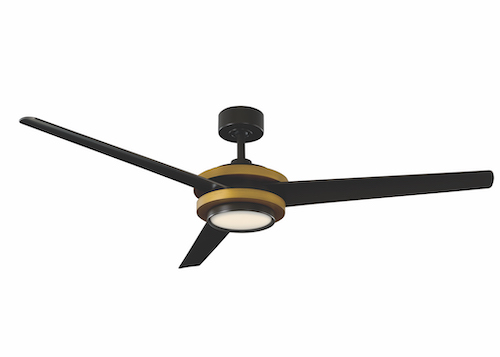
That’s a tall order for lighting, something unattainable without LED technology. Fothergill adds, “You’re already seeing LED solutions in workplaces to improve stress, interactions and productivity, and tests are taking place for treating disease and speeding recovery times. Those things will become part of the day-to-day. Type a code into the light source, and it will change to you personally.”
While those health-changing capabilities are being incorporated, what to look for in LED lighting right now is lumens output, color rendering index (CRI) and dimming capabilities, says Randall Whitehead, the Lighting Doctor. “Retailers and designers need to understand lumens and CRI,” he adds, noting that the room and task that requires the lighting need to be accounted for. “Consumers need to find a color temperature they can live with. It’s different from person to person.” That said, Whitehead continues, the CRI should always be 90 or higher, with 100 as the optimum. We’re not at 100 yet, however. That’s on the horizon. As for lumens, the highest available currently is equivalent to a 75W bulb, but 100W is not that far off. Whitehead continues that warmer color tones and dimming capabilities have also increased consumer awareness and interest. Lighting retailers should be able to explain Kelvin measurements as well. “There’s a more educated consumer out there, and LED quality has gotten so good with much warmer colors,” Whitehead says, noting that standard bulb brightness would be 2700K, dimmed incandescent-like light would come in at 2400K and candlelight at 2150K. As such, it’s important that consumers know the difference in the lighting and the purposes for that light source.
Small and Smart
LED creates other unique opportunities for lighting design as well. As diode chips become smaller, the design possibilities are endless. A major shift with LED lighting is the ability to design lighting sans bulbs, although bulbs that can be retrofit into existing lighting fixtures are a growing opportunity for lighting companies as well.
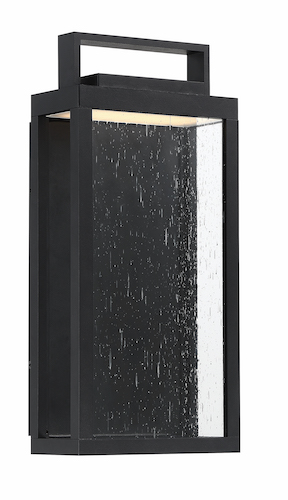
“As LEDs become smaller and more powerful, the ability to incorporate technology into fixtures allows for more options with tunable light,” WAC’s Wald states. “It’s all about flexibility. Each space is unique, and the latest color-changing and dimmable options allow for truly customized environments.”
The “downsizing” of LED components that offer the same light output continues to pave the way for more artistic design in functional lighting products too. “With LED technology, lighting has become functional art,” Wald continues. “In the past, fixtures were limited by designing around a bulb, which made them clunky. Thanks to compact LED solutions, chandeliers and pendants are now the artwork in your space. Extraordinary sculptural shapes and designs are being developed that were never possible before.”
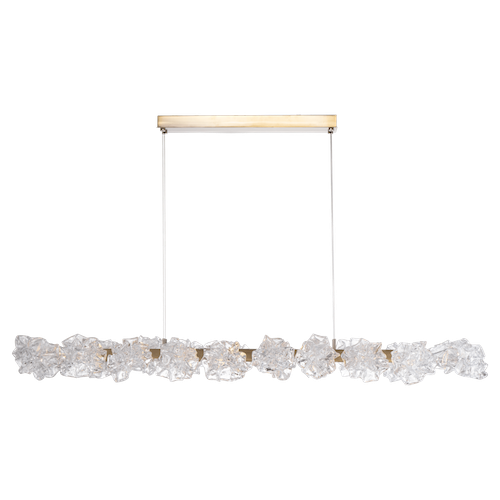
It’s only in the past several years that lighting design has begun to veer away from bulb-based configurations. Whitehead says bulbs, however, are here to stay for at least another 12 years. Yet, there has been a significant shift in lighting design because of LED. At Kuzco, the technology has opened up an array of design opportunities. “Traditional lighting showrooms have focused on decorative bulb-based products. Now you have the ability to make these products with industrial design,” says Ryan Pauly, Director of Product and Design at Kuzco. “Everything is being thought out more. Why do you have it? Where are you going to put it? With a bulb, all I can create is ambient light. If I have embedded LED, I can adjust the ambience, direction, reflective design. Things that were only done in the professional world are now possible in the home and you can put light wherever you want it.”
Hudson Valley Lighting’s Fothergill adds, “There are no parameters on where you can find inspiration for lighting design anymore. We are looking at pieces of jewelry, ready-to-wear hardware on handbags — they can now be developed into lighting solutions. There are flexible tubes, discs, rings. The key thing is to be true to the lighting solution you put in those pieces. There are incredible-looking pieces out there. Those are conversational pieces, and they’re energy efficient and emoting the appropriate light to bring out the best in a space.”
“LED technology has opened an enormous opportunity for lighting designers. We are able to use slim lines and color-changing features that were unavailable in the past,” adds Max Cohen, Director of Hospitality Marketing for Meyda Lighting. He adds that new LED technologies are on the horizon as a result of enhancements, citing organic LED (OLED) as what’s coming next. “As lumen output of OLED increases, we expect to see this product flourish.”
LED technology opens up more than design doors too, Kuzco’s Pauly continues. It continues to expand how we control our environments. “There’s an evolution toward products that can be integrated and more controlled,” he says. “Sensors are going to be a part of everything, which can be nicer for the consumer. We’re not far from, ‘The lights will come on
at a certain time at a certain temperature depending on
what you need.’”
“The future of lighting lies in creating environments to promote health and comfort while saving energy,” says Wald. “Thanks to LED advances and ‘Smart’ technology, fully customizable fixtures that are responsive to your needs — like our Modern Forms Smart Fans with integrated LED luminaires — are simply a voice command away.”
Fostering Adaptation
New technologies, while exciting, come with challenges too. Educating the consumer to understand efficiencies and design capabilities as they relate to cost is still something lighting showrooms need to contend with. There are early adopters, but for technologies to truly take hold, a wider range of consumers have to embrace the technology. For that reason, LED bulbs have the potential to continue to be a growth vehicle as an easier way for consumers to ease into LED technology, says Fothergill. However, counters Whitehead, we can do things with LED technology that couldn’t be done with incandescent or fluorescent sources, and helping consumers understand these aspects can also help them understand LED’s advantages. He recommends lighting showroom associates and designers educate themselves on such aspects as lumens, Kelvin and CRI so they can help consumers understand the technology, benefits and possibilities with LED.
Cost has continued as a hurdle for consumers where LED is concerned, but that’s changing as well. As the technology advances, prices are coming down for much of the product. Factor in longevity and the ability to control the light, and that minimizes the cost even further.
“LED lights have already come down in price, and are extremely affordable and economical,” says Kuzco’s Pauly. As enhancements to the technology continue to appear, it’s possible to get more established and reliable LED options at lower costs, creating a point of entry for cautious customers.
At some point, LED might be the most significant option. At Hudson Valley Lighting Group, Fothergill says he expects that at markets this month, 50 percent of the company’s offerings will incorporate LED technology. “You can’t ignore the benefits of LED,” he says. “People are seeing lighting differently now. Large scale, small scale, organic forms. You can only develop these things from LED solutions. That’s the way the market is going because that’s what people are seeing.”




